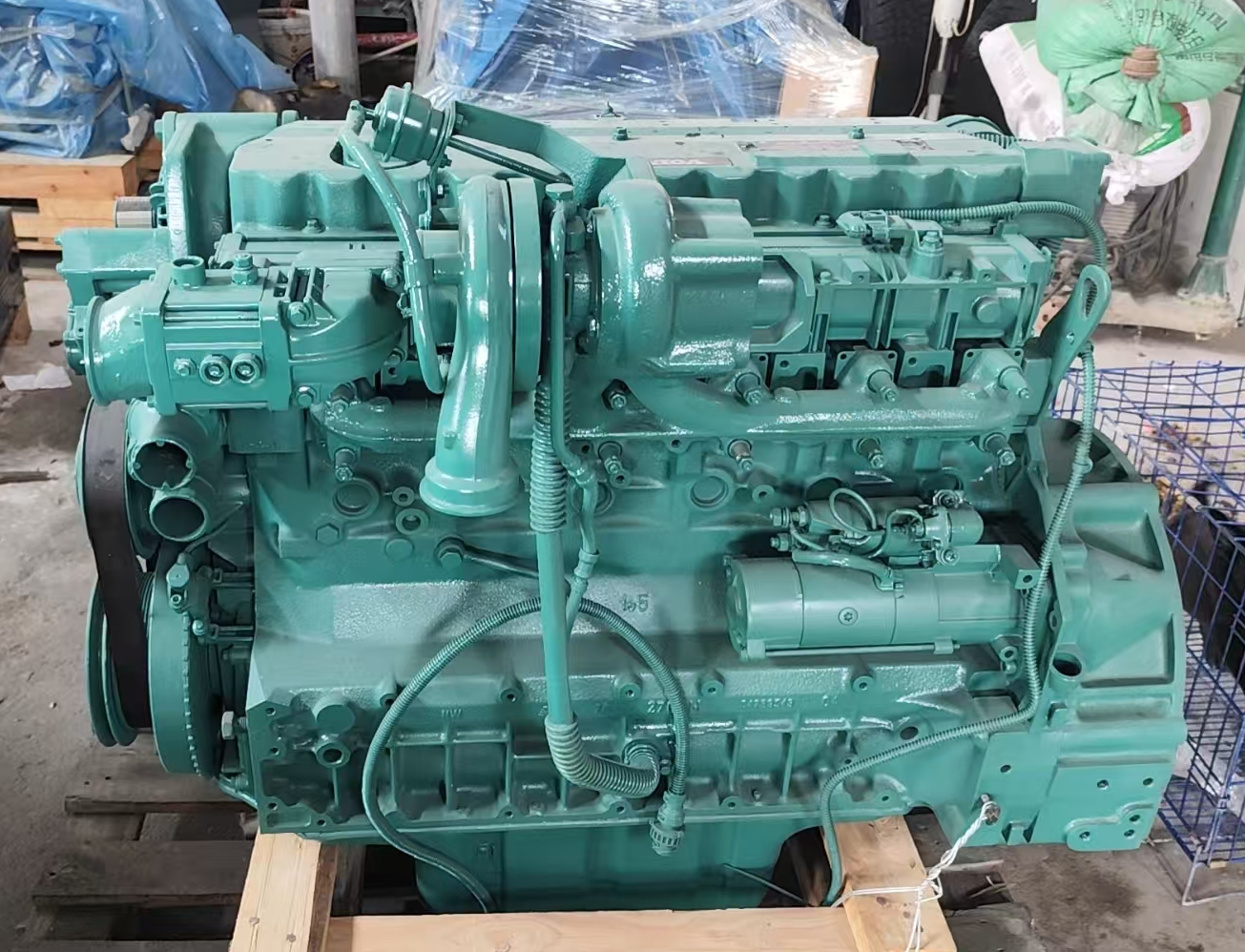The Future Trajectory of the Excavator Industry: A Glimpse into the Upcoming Trends
- apiuser
- 2025-09-09
- 30
Technological Advancements: Paving the Way for a Smarter Future
Automation and Autonomous Operations
Automation is set to revolutionize the excavator landscape. Manufacturers are increasingly integrating advanced sensors, GPS technology, and artificial intelligence (AI) algorithms to enable semi - autonomous and fully autonomous excavator operations. Komatsu, for instance, has been at the forefront with its intelligent Machine Control series. These excavators can precisely control digging depths, angles, and bucket movements, reducing human error and increasing productivity. In large - scale mining operations and infrastructure projects, autonomous excavators are expected to become more common. They can operate continuously, 24/7, without the need for breaks, and are equipped with sophisticated obstacle - detection systems to ensure safety in complex work environments.
Electric and Hybrid Power Solutions
With the growing global focus on sustainability and reducing carbon emissions, electric and hybrid excavators are emerging as the future of the industry. Caterpillar, one of the leading players, has launched electric excavator models. Electric excavators offer several advantages, including zero - tailpipe emissions, reduced noise pollution, and lower operating costs. They are particularly well - suited for urban construction projects where environmental and noise regulations are stringent. Hybrid excavators, which combine an internal combustion engine with an electric motor, are also gaining traction. They provide the flexibility of using both power sources, optimizing fuel consumption and reducing emissions during operation.
Connectivity and Telematics
The Internet of Things (IoT) is making its mark on excavators through telematics systems. These systems allow for real - time monitoring of excavator performance, including engine health, fuel consumption, and maintenance needs. Volvo Construction Equipment's CareTrack telematics system, for example, enables fleet managers to access detailed data about their excavator fleets remotely. This data - driven approach not only helps in optimizing maintenance schedules, reducing unplanned downtime, but also in making more informed decisions regarding equipment usage and allocation. In the future, connected excavators may also be able to communicate with other construction equipment and the overall project management system, creating a seamless and efficient construction ecosystem.
Market - Driven Trends: Responding to Changing Demands
Growth in Emerging Economies
Emerging economies, especially in Asia - Pacific, are expected to be the main drivers of excavator market growth. Countries like India and Indonesia are witnessing a surge in infrastructure development projects, including the construction of roads, bridges, ports, and urban housing. In India, the government's ambitious infrastructure initiatives, such as the Bharatmala Pariyojana for road construction and the Smart Cities Mission, are creating a substantial demand for excavators. Similarly, Indonesia's plan to build a new capital city is fueling the need for a large number of earth - moving equipment, including excavators. These emerging markets offer significant growth opportunities for both domestic and international excavator manufacturers.
Rise of the Rental Market
The excavator rental market is experiencing robust growth. Construction companies, especially small and medium - sized enterprises (SMEs), are increasingly opting to rent excavators rather than purchase them outright. This trend is driven by several factors, including the high upfront cost of buying equipment, the need for flexibility in equipment usage based on project requirements, and the reduced maintenance burden associated with rentals. Rental companies are also expanding their fleets to include the latest, technologically advanced excavators, making it more appealing for contractors to rent. As a result, the rental market is expected to continue its growth trajectory, influencing the sales and marketing strategies of excavator manufacturers.
Focus on Compact and Mini Excavators
Compact and mini excavators are gaining popularity, especially in urban construction, landscaping, and small - scale infrastructure projects. Their small size, maneuverability, and lower operating costs make them ideal for working in tight spaces and on projects with limited access. In urban areas, where large - scale excavators may face challenges in navigating narrow streets and working in close proximity to existing structures, compact excavators can efficiently carry out tasks such as utility line installation, building renovations, and sidewalk repairs. The demand for these smaller excavators is likely to increase in the coming years, leading to more innovation in their design and functionality.
Regulatory and Environmental Influences: Shaping the Industry's Path
Stringent Emission Standards
Stringent emission standards, such as those set by the European Union and the United States Environmental Protection Agency (EPA), are forcing excavator manufacturers to develop more environmentally friendly equipment. These standards aim to reduce harmful emissions, such as nitrogen oxides (NOx), particulate matter (PM), and carbon monoxide (CO), from construction equipment. To comply, manufacturers are investing heavily in research and development to improve engine efficiency, develop alternative fuel technologies, and implement emission - control systems. As a result, the excavator industry is moving towards a more sustainable and eco - friendly future.
Safety Regulations
Safety regulations are also playing a crucial role in shaping the future of the excavator industry. New regulations are being introduced to enhance operator safety, reduce the risk of accidents on construction sites, and improve the overall safety of excavator operations. This has led to the development of advanced safety features, such as roll - over protection systems (ROPS), falling object protection systems (FOPS), and proximity - detection systems. Manufacturers are also focusing on improving the ergonomics of excavator cabs to reduce operator fatigue and enhance safety during long working hours.
In conclusion, the excavator industry is on the verge of a major transformation, driven by technological innovation, market dynamics, and regulatory requirements. Manufacturers that can adapt to these trends, invest in research and development, and offer innovative solutions will be well - positioned to succeed in the future excavator market.
Give Us What You Need
Ready to learn more? Fill out the form and a member of our dedicated team will reach out to you promptly!
We will contact you within 24 hours after receiving the information
SUBSCRIBE
INQUIRY


